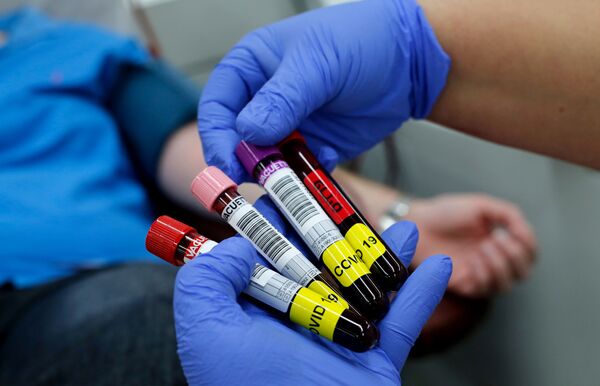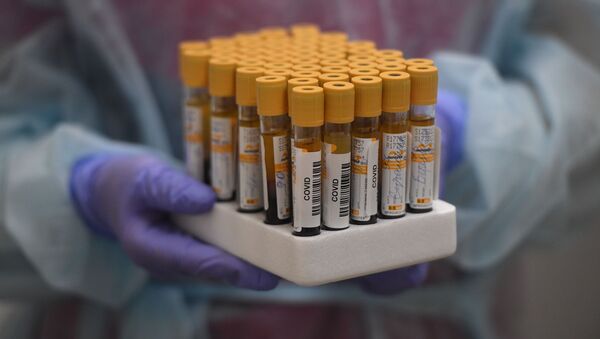According to the institute's lead scientist Sergey Trigger, the new model of the spread of COVID-19 takes four parameters into account: the number of people within a given population, the number of potentially dangerous contacts an infected individual has per day, the probability of getting infected and the span of the illness.
"Having studied the statistical data and existing interpretations, we realised that the model of the spread of the virus should take into account the presence of the minimum duration of the disease, and also that the maximum infectivity falls not on the first, but on the following days of the disease", Trigger told Sputnik.
The SIS and SIR models currently used to describe the spread of the coronavirus are not as accurate as the one developed by the Joint Institute for High Temperatures of the Russian Academy of Sciences. The new model takes into account various quarantine measures and restrictions, by using official statistics.
"It turned out that it is possible to significantly reduce the rate of increase in [coronavirus] infections and achieve herd immunity with a significantly lower percentage of cases, down to 3-10 percent of the population", scientists at the Joint Institute for High Temperatures told Sputnik.

Earlier estimates suggested that up to 60-70 percent of the population need to get infected with COVID-19 in order for herd immunity to be achieved.
According to Russian scientists, the right selection of quarantine measures for a given population, considering local cultural and other specifics, is crucial to achieving a lower threshold of infections required for herd immunity.


